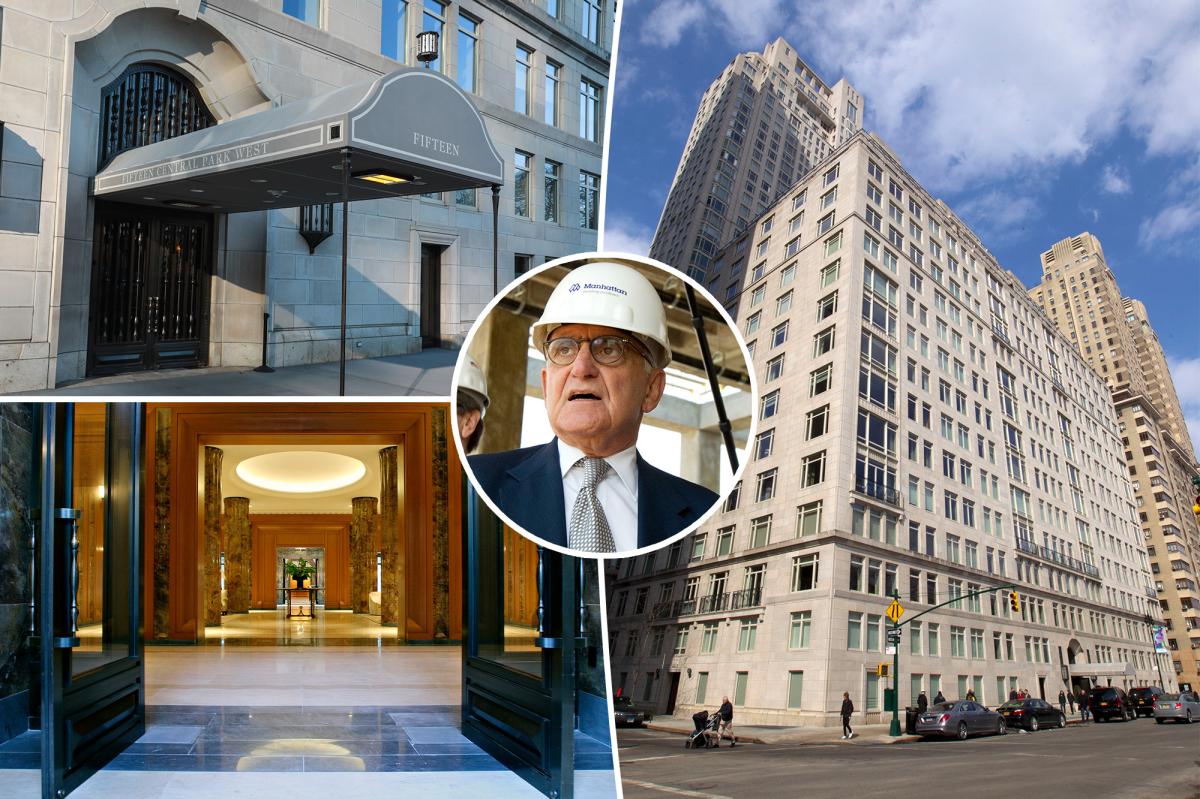*
*Key takeaways**
- Vacant offices and industrial sites are being converted into housing.
- Historic and brownfield tax credits help lower redevelopment costs.
- 43 North’s Marblery (Rochester) and Labelon (Canandaigua) are leading examples.
- Innovation Square now houses students and offices in the former Xerox tower.
**Why adaptive reuse is growing**
Adaptive reuse—turning old buildings into new uses—has surged nationwide and in upstate New York. Joel Barrett, managing director of 43 North Real Estate and Bace Build, cites two main drivers:
1. Older construction often has superior craftsmanship that still holds value.
2. The post‑COVID shift to remote work has left many office spaces vacant, while the U.S. still needs about 4.3 million new housing units by 2035 (NAIOP).
Building new residential units is costly and rarely profitable unless it’s affordable housing. Barrett notes that after the pandemic, new apartment construction has slowed sharply. Reusing existing office or industrial shells offers a more viable path for developers and communities alike.
**Buying the shell, renovating the inside**
Barrett’s firm buys properties that others avoid because they’re deteriorating. “We acquire the shell and renovate inside at a price comparable to new construction,” he explains. The savings are amplified by incentives unavailable for new builds, such as historic tax credits and New York State’s Brownfield Cleanup Program, which offers tax breaks for redeveloping contaminated sites.
Barrett stresses that a mix of incentives—loan programs, capital tax credits, pilots—creates a “village” that makes projects feasible. Once completed, these spaces blend historic character with modern amenities.
**Case studies**
*Marblery, 222 South Ave, Rochester* – A 7,500 sq ft, three‑story brick building built in 1858, formerly home to Hebard Marble Works and V.H. Lang Trophy Company. Barrett’s team secured its National Register listing, a Small Mixed‑Use and Commercial Renovation (SMUCR) loan from the City of Rochester, and an electrification grant for all‑electric heating and high‑efficiency cooling. The result: four apartments and office space, a project under $2.5 million that turned a historic shell into a modern mixed‑use building.
*Labelon, 10 Chapin St, Canandaigua* – A 84,000 sq ft former Labelon Corp. warehouse on a brownfield site. Barrett’s group is the first to tackle the site after three failed attempts. The plan is a 51‑unit residential tower. Complexities abound, but construction is set to begin.
*Innovation Square, 100‑140 South Clinton Ave, Rochester* – A 30‑story, 580,000 sq ft former Xerox tower plus two freestanding buildings (17,000 sq ft office, 700‑seat auditorium). Gallina Development converted the tower into a creative living and learning hub for college students and flexible office spaces. Phillips Lytle LLP moved 70 employees into a 19,769 sq ft space there in June. Gallina notes that two nearly empty towers are now largely occupied, showcasing the success of reuse.
**Teamwork and expertise**
Barrett emphasizes that adaptive reuse requires a broad coalition: environmental and real‑estate attorneys, architects, interior designers, mechanical, electrical, and structural engineers, historic consultants, and more. “The developer gets the credit, but I’m supported by about a hundred specialists,” he says. The region’s talent pool—design and legal professionals among the best in the country—helps navigate compliance and execution.
**Market‑driven shift**
Evan Gallina of Gallina Development points out that rising construction costs make new builds prohibitive. Reuse offers a cheaper alternative that meets the housing demand while preserving architectural heritage.
In sum, adaptive reuse is a practical response to vacant office space, housing shortages, and high construction costs. Incentives, skilled teams, and creative vision turn old shells into vibrant, mixed‑use communities.















